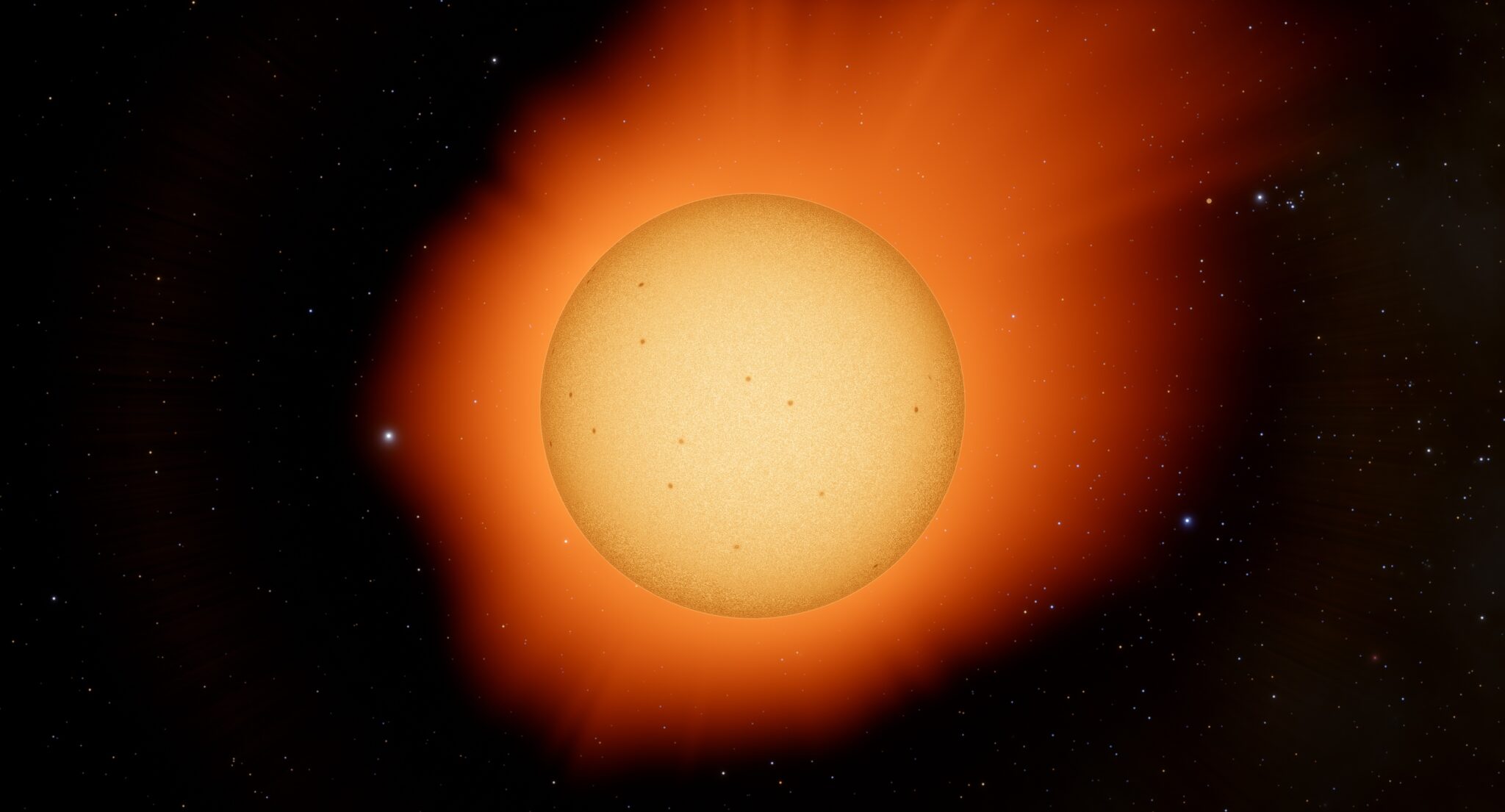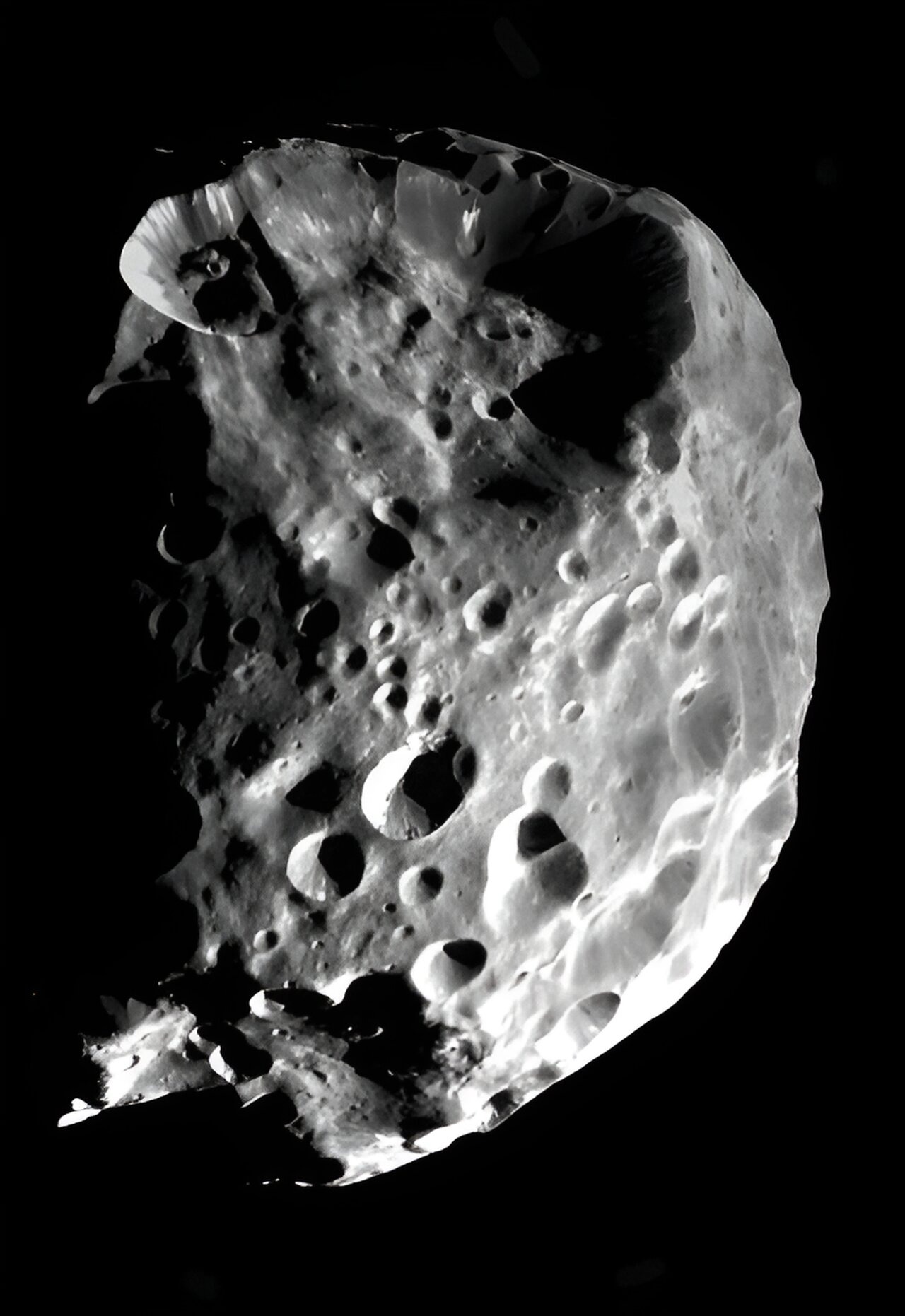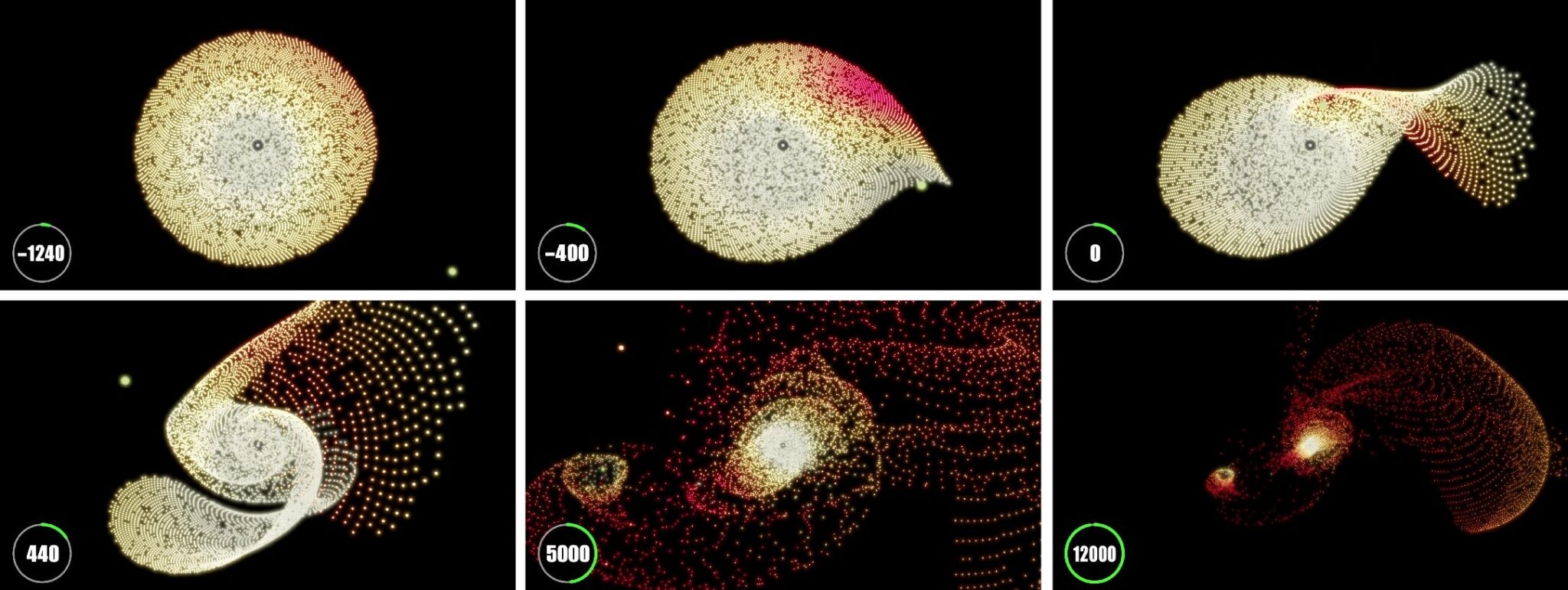Billions of years ago, the Solar System may have come close to another passing star. In theories, this would explain the anomalous orbits of some objects on the outer edges of our system, as well as strange moons of neighboring planets.

According to new research published in Nature Astronomy and The Astrophysical Journal Letters, this star could have come as close as 110 astronomical units (a.u.) to the Sun, much closer than the Voyager 1 probe, which is now 164 a.u. away from Earth.
Although the nearest known star, Proxima Centauri, is more than four light-years away, billions of years ago such a strong proximity was quite “dramatic.” The event could have perturbed the orbits of objects in the outer part of the Solar System, beyond Neptune. Astrophysicist Susanne Pfalzner notes that many trans-Neptunian objects, with eccentric orbits tilted relative to the general plane of the planets, could have been formed precisely due to the impact of a nearby star.

To test this hypothesis, scientists performed more than 3,000 computer simulations. The results have confirmed the possibility of an intruder star influence, which not only explains the strange orbits of some objects such as the dwarf planet Sedna, but also the orbits of retrograde moons such as Saturn’s moon Phoebe.

Study co-author Amith Govind believed that this star was about 20 percent lighter than the Sun and could have approached us at a distance four times greater than the distance to Neptune. This meeting could also have led to the entry of some trans-Neptunian objects deep into the Solar System, which were then captured by the gravity of the giant planets. “This would explain why the outer planets of our solar system have two different types of moons,” notes Simon Portegies Zwart, co-author of the study.
The discovery could mark a stunning episode in the history of our Solar System that has previously been unremarked.
According to phys.org


